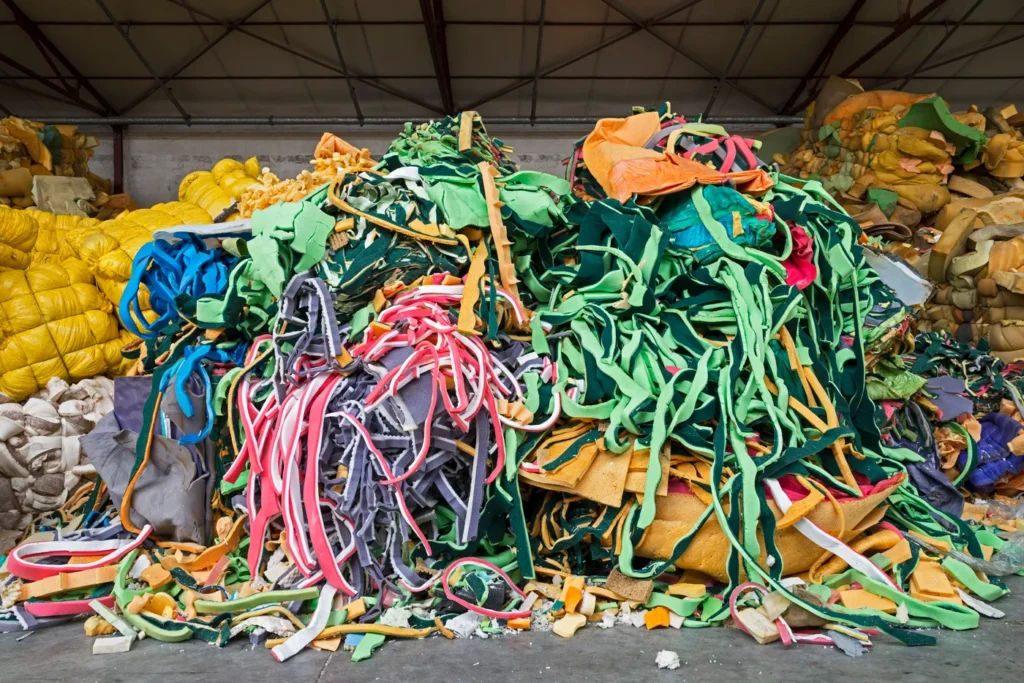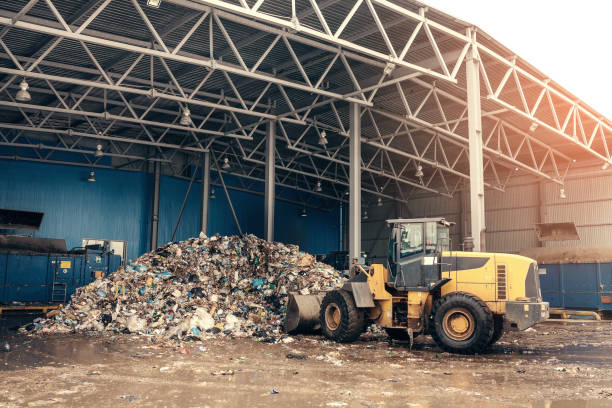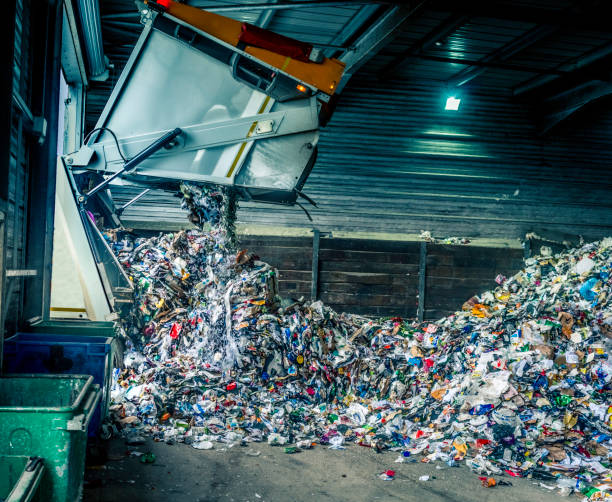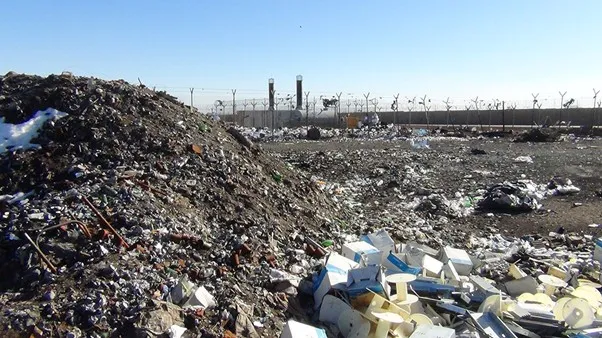By Green Planet Solutions, Pune
🌱 Introduction
At Green Planet Solutions Pune, we are committed to building a sustainable future one waste-free day at a time. While the spotlight often falls on fossil fuels, deforestation, and industrial emissions in climate discussions, there’s a hidden contributor we cannot ignore: improper waste management. The way we handle waste has a direct impact on greenhouse gas emissions and, ultimately, our planet’s future.
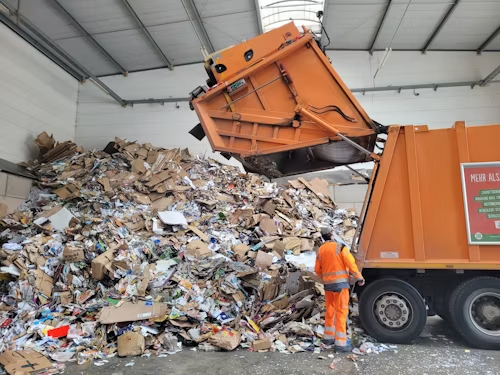
🔥 Landfills & Methane: The Invisible Danger
When biodegradable waste like food and garden scraps are dumped in landfills, they decompose without oxygen. This anaerobic breakdown releases methane (CH₄) — a greenhouse gas over 25 times more potent than CO₂ over 100 years.
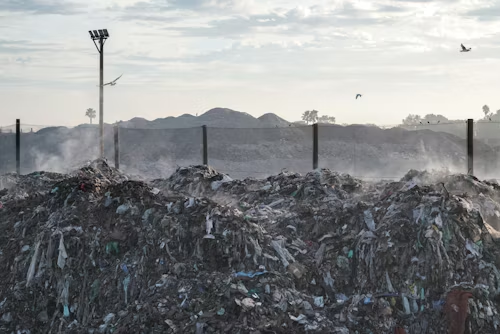
🔥 Open Burning: The Silent Killer
In many parts of India and around the world, trash is still openly burned. This releases:
- Black carbon (soot) – 1,500x more heat-trapping than CO₂
- Toxic pollutants – such as dioxins and furans
- Particulate matter – harmful to lungs and the climate
♻️ Plastic Waste: A Slow-Burning Crisis
Plastics, when dumped or burned, contribute to climate change in multiple ways:
- Burning plastic = toxic CO₂ + POPs
- Breaking down under sunlight = release of methane and ethylene
- Lost recycling opportunity = more emissions from virgin plastic production
♻️ The Missed Opportunity in Recycling
Recyclable waste like paper, plastic, and metals are often mixed and dumped, losing their energy-saving potential:
- Recycling aluminum saves 95% of the energy required to make it from raw materials
- Recycling plastic saves 66% energy
🌳 Ecosystem Disruption and Forest Dumping
Illegal dumping in forests or rivers destroys natural carbon sinks and contributes to deforestation — robbing us of tools that absorb CO₂.
🚛 Transportation Emissions
Waste that is not segregated at source requires more collection, sorting, and longer transportation—burning more fuel and releasing more greenhouse gases.
✅ What Can We Do?
👨👩👧 For Individuals:
- Practice waste segregation at home
- Compost your kitchen waste
- Reduce single-use plastic
- Choose reusable and eco-friendly products
🏙️ For Communities:
- Create decentralized composting projects
- Educate and involve children and youth
- Support green vendors and startups
🏛️ For Policymakers:
- Ban open burning of waste
- Invest in waste-to-energy and composting infrastructure
- Enforce Extended Producer Responsibility (EPR) for packaging
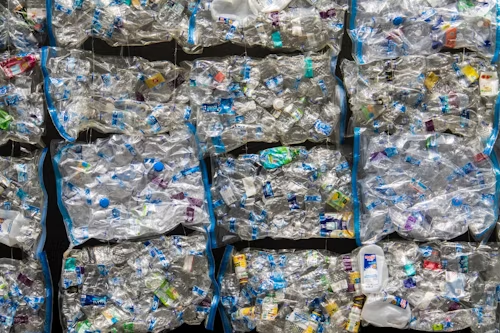
🌿 Conclusion: Climate Starts at the Bin
Improper waste management is a climate change accelerator. At Green Planet Solutions Pune, we believe a cleaner environment starts with informed action. Every piece of plastic recycled, every kilo of food waste composted, and every citizen educated brings us closer to a cooler, greener planet.
📢 Call to Action
Join the movement today!
✅ Start composting at home
✅ Book a recycling consultation with us
✅ Host a workshop in your society or school
🌐 Visit us at: www.greenplanetsolutionspune.com
📧 Email us: contact@greenplanetsolutionspune.com
📞 Call us: +91-XXXX-XXX-XXX
📲 Follow Us on Social Media
Stay updated with tips, videos, and events from Green Planet Solutions:
- 🌐 Facebook https://www.facebook.com/p/Green-Planet-Solutions-100063535827041/
- 📸 Instagram https://www.instagram.com/greenplanetolutions2013
- How waste management affects climate change
- Impact of improper waste disposal on global warming
- Methane emissions from landfills
- Climate change and plastic pollution
- Open burning and greenhouse gas emissions
- Waste-to-energy vs landfilling
- Waste segregation and climate impact
- Role of recycling in climate action
- Composting to reduce climate change
- Sustainable waste management in Pune
